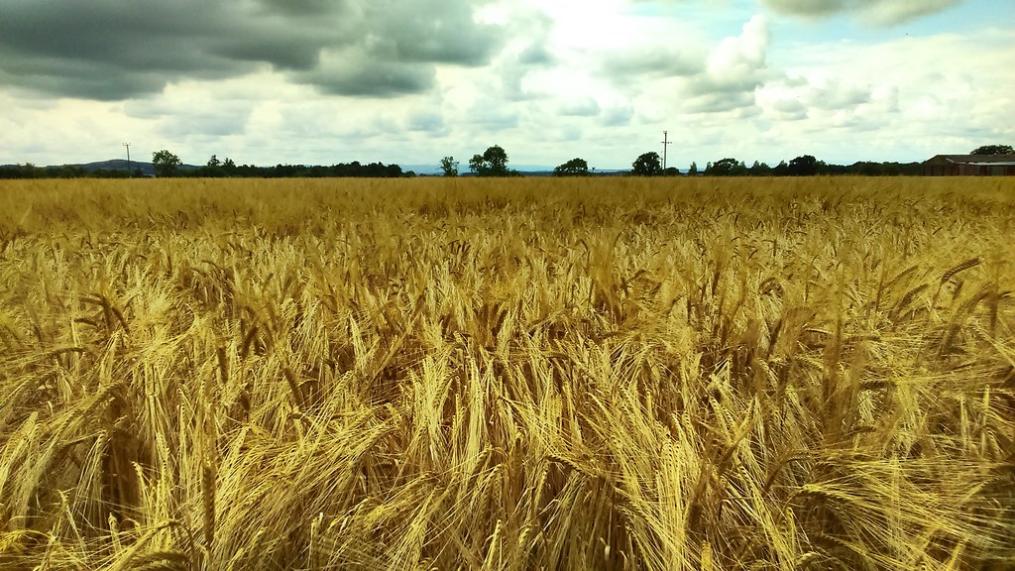How Can Satellite Data Be Used to Detect Pests and Diseases?
Satellite data has emerged as a powerful tool in the realm of agriculture, providing valuable insights into crop health, pest infestations, and disease outbreaks. This article delves into the realm of satellite data-based pest and disease detection, exploring the techniques, applications, challenges, and future directions of this field.

Satellite Data Acquisition And Processing
Types Of Satellite Data
- Multispectral imagery: Captures data in multiple bands of the electromagnetic spectrum, enabling the identification of different features based on their spectral signatures.
- Hyperspectral imagery: Provides detailed spectral information across hundreds of narrow bands, allowing for precise identification of specific materials.
- Radar imagery: Utilizes radar waves to penetrate clouds and vegetation, making it useful for monitoring crop growth and detecting pests and diseases under challenging conditions.
Data Acquisition
- Data sources: Satellites equipped with various sensors collect data, which is then made available through data providers and government agencies.
- Data acquisition methods: Data can be acquired in real-time or archived for historical analysis. The frequency of data acquisition depends on the satellite's orbit and sensor capabilities.
Data Preprocessing
- Radiometric corrections: Adjusts the brightness values of pixels to account for variations in sensor response and illumination conditions.
- Geometric corrections: Rectifies the image to correct for distortions caused by the satellite's orbit and sensor geometry.
Pest And Disease Detection Techniques
Image Classification
Supervised Classification
- Concept: Utilizes training data with known labels to train a classifier, which is then used to assign labels to unlabeled pixels in the image.
- Algorithms: Common algorithms include Maximum Likelihood Classifier, Support Vector Machines, and Random Forests.
Unsupervised Classification
- Concept: Groups pixels into clusters based on their spectral similarity without using training data.
- Algorithms: Common algorithms include K-Means Clustering and ISODATA.
Spectral Analysis
Vegetation Indices
- Concept: Mathematical combinations of different spectral bands that enhance the signal of vegetation and suppress the background noise.
- Examples: Normalized Difference Vegetation Index (NDVI), Enhanced Vegetation Index (EVI), and Soil-Adjusted Vegetation Index (SAVI).
Spectral Signatures
- Concept: Unique spectral patterns associated with specific materials, including pests and diseases.
- Applications: Identifying specific pests and diseases by matching their spectral signatures with reference spectra.
Time-Series Analysis
- Concept: Analyzing changes in satellite data over time to detect anomalies that may indicate pest infestations or disease outbreaks.
- Applications: Monitoring crop health, identifying areas of concern, and forecasting pest and disease outbreaks.
Applications Of Satellite Data In Pest And Disease Detection
Crop Health Monitoring
- Assessing crop health by analyzing vegetation indices and other spectral features.
- Identifying areas of concern, such as nutrient deficiencies, water stress, and pest infestations.
- Examples: Satellite data has been used to monitor crop health in regions such as the Midwest United States, the Amazon rainforest, and the Nile River Delta.
Pest And Disease Identification
- Utilizing spectral signatures to identify specific pests and diseases.
- Detecting infestations and outbreaks early, allowing for timely interventions.
- Examples: Satellite data has been used to identify pests such as aphids, whiteflies, and locusts, as well as diseases such as rust, blight, and powdery mildew.
Pest And Disease Forecasting
- Analyzing historical satellite data and weather patterns to predict pest and disease outbreaks.
- Developing early warning systems to alert farmers and policymakers.
- Examples: Satellite data has been used to forecast outbreaks of pests such as the fall armyworm and diseases such as wheat blast.
Challenges And Future Directions
Challenges
- Data availability: Access to high-resolution and timely satellite data can be limited in some regions.
- Data processing: Processing large volumes of satellite data can be computationally intensive and time-consuming.
- Algorithm development: Developing accurate and robust algorithms for pest and disease detection is an ongoing challenge.
Future Directions
- Advancements in sensor technology: New satellite sensors with improved spatial, spectral, and temporal resolutions will provide more detailed information for pest and disease detection.
- Machine learning and artificial intelligence: Utilizing machine learning and AI techniques to develop more sophisticated algorithms for pest and disease detection.
- Integration with other data sources: Combining satellite data with other sources of information, such as weather data, crop yield data, and pest monitoring data, can improve the accuracy and reliability of pest and disease detection.
Satellite data has the potential to revolutionize pest and disease detection in agriculture. By harnessing the power of satellite data and advanced image processing techniques, we can gain valuable insights into crop health, identify pest infestations and disease outbreaks early, and develop effective management strategies. As technology continues to advance, we can expect even more sophisticated and accurate satellite-based pest and disease detection systems in the future.
YesNo

Leave a Reply